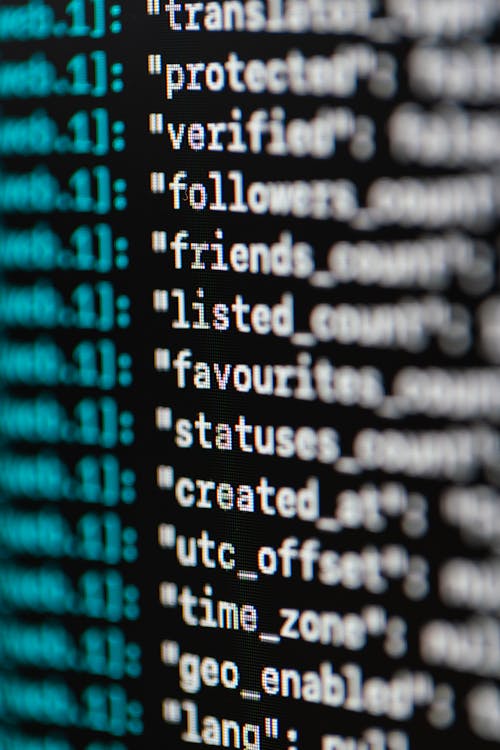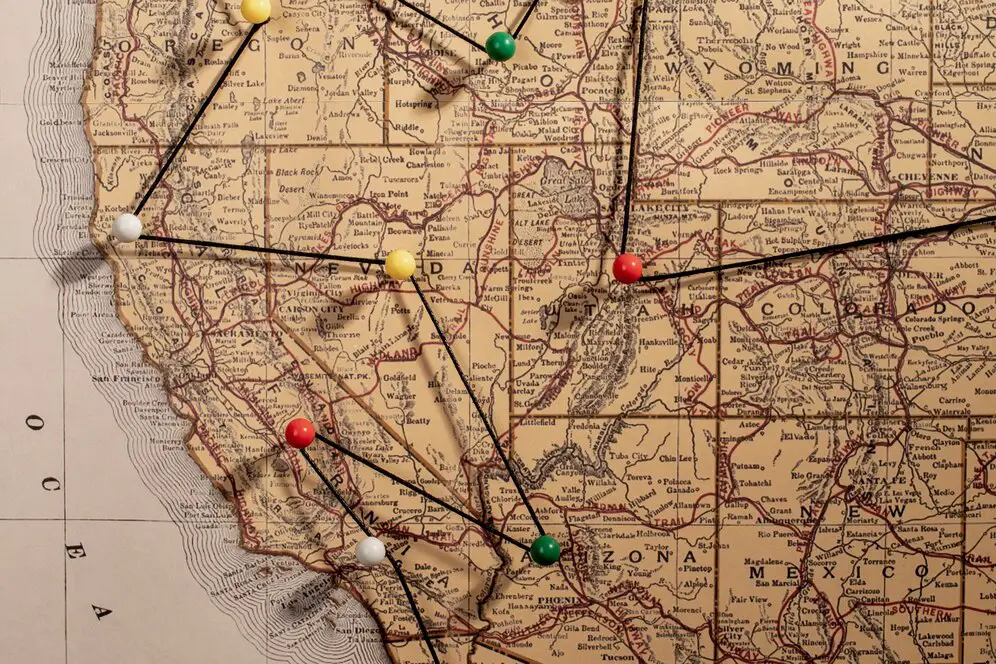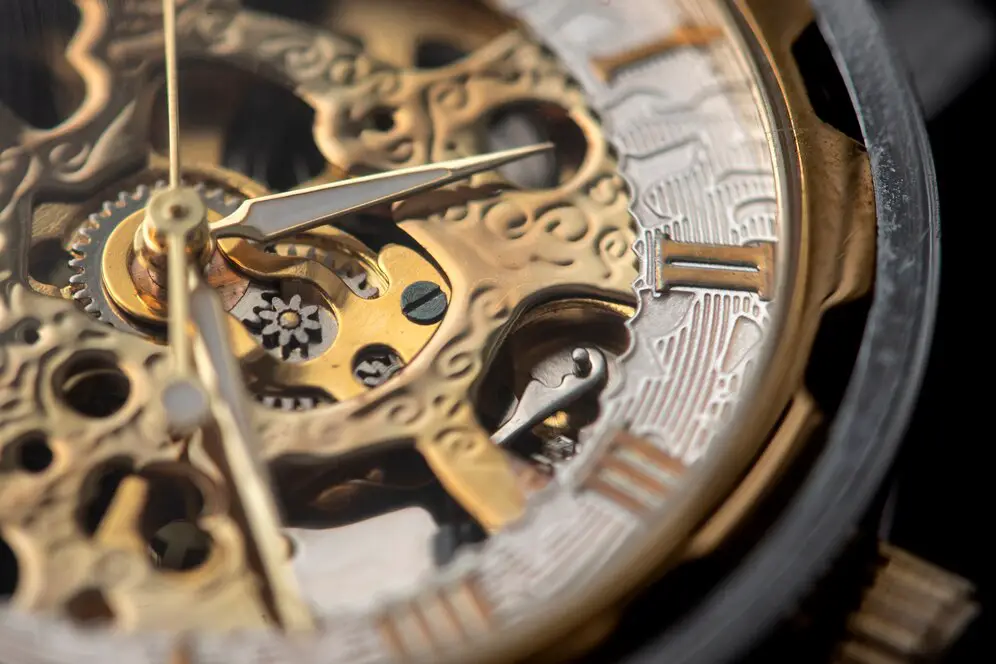Number Systems Conversion
In mathematics, there are different number systems to write numbers, say binary number system (base 2), octal number system (base 8), decimal (base 10), and hexadecimal number system (base 16). Octal to binary conversion is defined as converting a number from base-8 to base-2. It can be done in two ways that you will learn in this article. Let us move ahead and learn the conversion of octal to binary.
Octal
Octal number is a number expressed in the base 8 numeral system. Octal number's digits have 8 symbols: 0,1,2,3,4,5,6,7. Each digit of an octal number counts a power of 8.
Octal number example: 6278 = 6×82 + 2×81 + 7×80 = 40710
Binary
Binary number is a number expressed in the base 2 numeral system. Binary number's digits have 2 symbols: 0 and 1. Each digit of a binary number counts a power of 2.
Binary number example: 11012 = 1×23 + 1×22 + 0×21 + 1×20 = 1310
How to convert from octal to binary
To convert an octal number to a binary number, replace each octal digit with its corresponding 3-bit binary equivalent.
Example
Understanding Octal-to-Binary Conversion
Octal-to-binary conversion involves converting numbers in octal (base 8) into their equivalent binary (base 2) values. Octal uses digits 0-7 to represent values, while binary uses digits 0 and 1.
The general approach to converting octal numbers to binary includes:
- Write down the octal number.
- Convert each octal digit to its 3-bit binary equivalent.
- Combine the binary groups to form the final binary number.
Steps for Octal-to-Binary Conversion
Step 1: Write down the octal number.
Step 2: Convert each octal digit into its 3-bit binary equivalent.
Step 3: Combine the binary groups to form the final binary number.
Example: Converting Octal to Binary
Convert \( 345 \) (octal) to binary:
- Step 1: Write the octal number \( 345 \).
- Step 2: Convert each digit to 3-bit binary:
- \( 3 = 011 \)
- \( 4 = 100 \)
- \( 5 = 101 \)
- Step 3: Combine the binary groups: \( 011100101 \).
- Final binary result: \( 011100101 \).
Conversion Table for Quick Reference
Here is a quick reference for octal digits and their binary equivalents:
- 0 → 000
- 1 → 001
- 2 → 010
- 3 → 011
- 4 → 100
- 5 → 101
- 6 → 110
- 7 → 111
Applications of Octal-to-Binary Conversion
Octal-to-binary conversion is commonly used in:
- Simplifying binary representation in computing systems.
- Interpreting file permissions in Unix/Linux systems.
- Working with memory addresses and digital circuits.
Practice Problem
Convert \( 127 \) (octal) to binary:
- Solution:
- \( 1 = 001 \)
- \( 2 = 010 \)
- \( 7 = 111 \)
- Combine the binary groups: \( 001010111 \).
- Final binary result: \( 001010111 \).
| Problem Type | Description | Steps to Solve | Example |
|---|---|---|---|
| Basic Conversion | Converting a single octal digit to its binary equivalent. |
|
For 5:
|
| Handling Larger Numbers | Converting a multi-digit octal number to binary. |
|
For 275:
|
| Verifying Conversion | Checking the accuracy of octal-to-binary conversion. |
|
For 010111101 (binary for 275):
|
| Handling Special Cases | Converting octal numbers with leading zeroes or specific patterns to binary. |
|
For 007:
|
| Applications | Understanding where octal-to-binary conversion is used. |
|
Example: Converting octal permissions 754 to binary:
|










